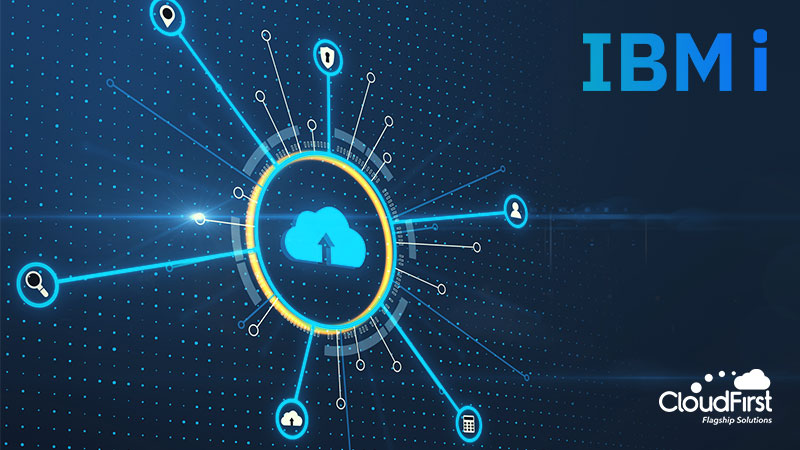IBM i cloud migration offers numerous advantages that can transform your IT infrastructure and operational efficiency. In this article, we explore the top five benefits of migrating IBM i workloads to the cloud and why it is a strategic move for your business.
Many organizations running IBM Power Systems have realized it’s becoming a more expensive and time-consuming proposition to support an on-premises data center. Purchasing hardware, keeping software up to date, constantly monitoring for threats and maintaining compliance, the energy to cool the space, and paying for the talent to run it all in-house – if you can find it – have caused businesses to reevaluate their IT infrastructure.
One alternative is migrating IBM i workloads to the cloud, entrusting operations to a cloud services provider with deep experience in IBM i Cloud Hosting to take the burden off internal staff. This article summarizes the top five business motivations for moving IBM i workloads to the cloud.
IBM i cloud migration provides five key benefits to your business:
- Technology Modernization – Moving IBM i applications to the cloud provides multiple benefits including scalability, agility, enterprise-level high availability, advanced backup and recovery services, and more. Read our past blog on IBM i Cloud Migration Benefits for a full list of technology-related benefits.
- Security & Compliance – Cloud providers will ensure that your applications and storage are secure and monitored 24×7. They will also be sure your applications are fully compliant with all requirements for your IBM i systems, including ISO 27001, SOC 1 Type II and SOC II Type II, HIPAA, and others.
- Lower Data Center Operating Costs – Another advantage to migrating IBM i systems to the cloud is that data center costs are greatly reduced or eliminated altogether. Many businesses have already migrated their Windows-based applications to the cloud, including email to Office365, personal directories to OneDrive, and Microsoft applications to AWS or Azure. When you migrate your IBM Power system and Microsoft servers to the cloud, you reduce your power consumption and local equipment requirements to the point you may even be able to convert your data center into a data closet, where all that is needed onsite is Internet connectivity.
- Save by Converting Capital Expenditures (CAPEX) into Operating Expenses (OPEX) — Migrating your IBM i systems to the cloud can reduce expenses considerably over the long run by shifting from CAPEX to OPEX. Most businesses outgrow their IBM Power hardware in three to five years, requiring an upgrade and triggering a CAPEX approval process. This upgrade cycle is expensive and capital-intensive, whereas cloud-hosted solutions with an OPEX model offer predictable expenses with flexible growth.
- Staffing & Expertise: IBM i migration lets you capitalize on the vendor’s IBM i operational staffing and expertise, taking the burden off your IBM i operational staff, as well as the hassle of finding, retaining, and paying top dollar for talent in legacy systems.
These are all good reasons, to be sure, but choosing the right partner for your cloud transformation journey can make all the difference. Be sure your cloud provider is a certified IBM business partner and can handle all Power system and IBM i OS administration and maintenance including Power system machine configuration, CPU, disk and memory setup and upgrades, hardware and OS upgrades, technology refreshes, PTFs, and maintenance.
Choose CloudFirst for IBM i Cloud Migration
That’s exactly what we do at CloudFirst. Our certified IBM i experts will work with you every step of the way to ensure that your cloud migration effort is seamless, efficient, and achieves the short-term and long-range goals you’ve set for your business.
Contact us today for a risk-free readiness assessment on moving your business to the next level of storage excellence and data protection on the cloud.

